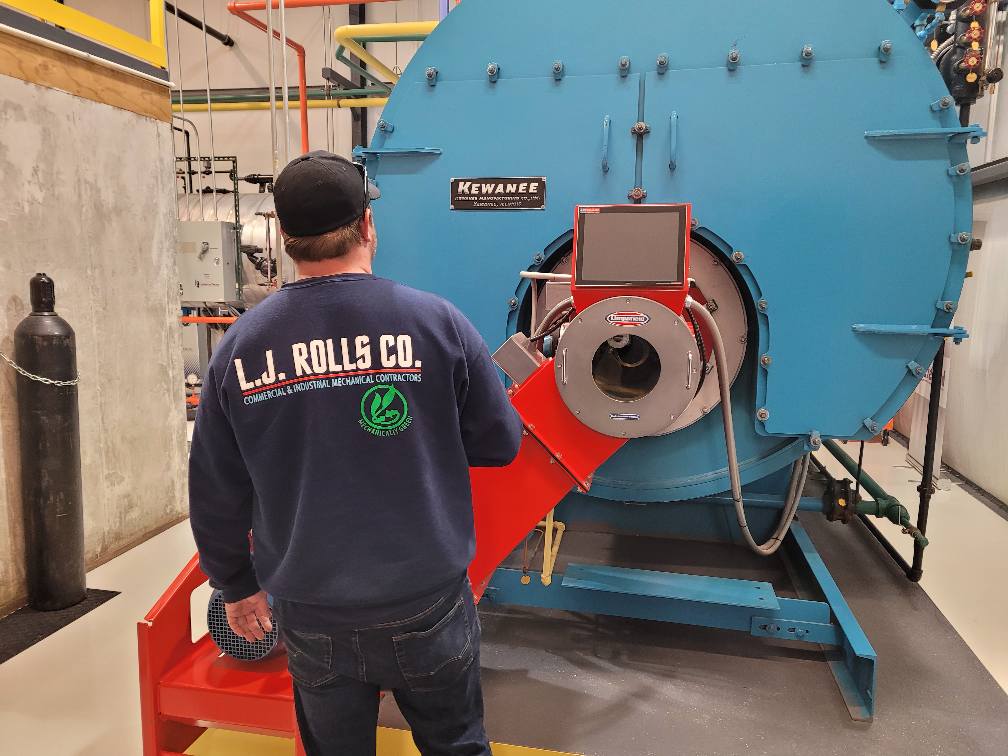Previously we talked about the need to “Let the Boilers Breathe” to maintain proper oxygen levels in the boiler room. Now we would like to take the opportunity to talk about some of the ill effects that can be associated with not providing boilers with the appropriate amount of make-up air.
One of the most dangerous aspects of not providing proper ventilation can be Carbon Monoxide poisoning of employees and possibly furnace explosions. The combustion process requires fuel, air and a source of ignition. When we think of air, it is important to understand that Oxygen is the part of air that we need for combustion. The air that we breathe and, in most cases, use for combustion air is made-up of 21% Oxygen, 78% Nitrogen and 1% inert gases.
As combustion occurs the oxygen levels in the machinery room will begin to decrease if not replenished. Oxygen is required to burn the fuel. If Oxygen is not provided in the appropriate quantity, we lose the ability to burn all of the fuel. If all of the fuel is not burned the burner will begin to produce Carbon Monoxide. Carbon Monoxide is a deadly, odorless, colorless and tasteless gas. Centers for Disease Control estimates that approximately 400 people die and 50,000 people visit the emergency room annually due to CO poisoning. CO poisoning is a direct result of improper combustion.
Another deadly aspect of improper combustion is the possibility of furnace explosions. When oxygen levels decrease to the point where all of the fuel is not burned, we can begin building soot. Soot is simply unburnt fuel that is looking for Oxygen so that it can burn. If a burner is firing in an oxygen lean, fuel rich state we are building CO and also, we have fuel left that is ready to burn. If that fuel is able to find oxygen it may result in an explosive situation that can cause injury, death and facility damage.
GCAP believes that these situations can avoided through proper maintenance, tuning and the use of continual atmospheric monitoring. Until next time… Be Safe out there!!!


